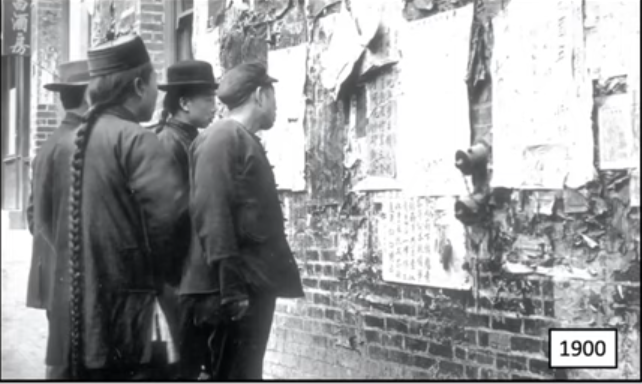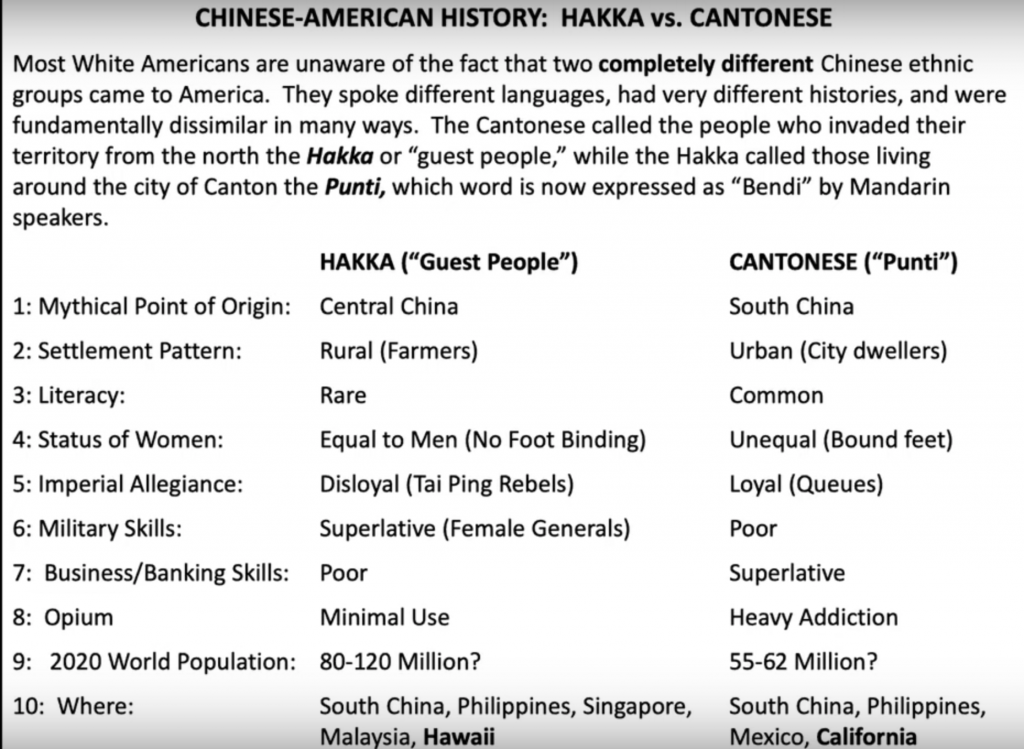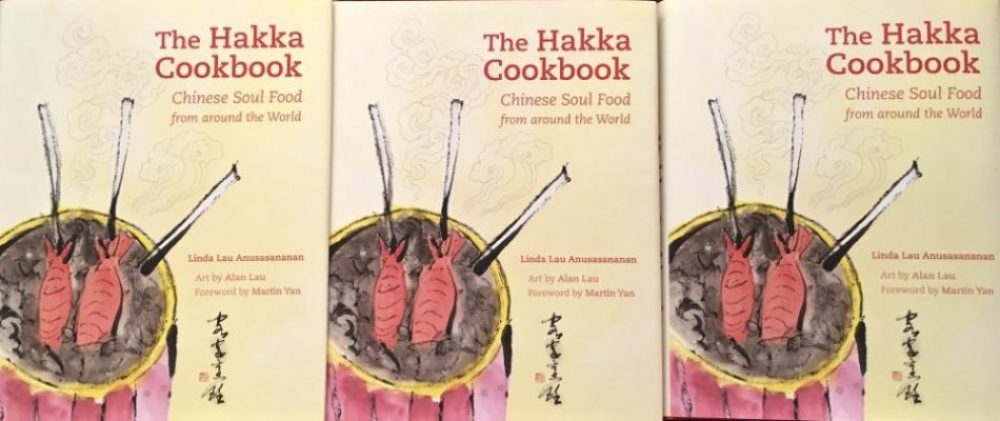
Want to learn about the 19th century Hakka migration to America? View these two webinars presented by Dr. Brian Dillon, professor, archeologist, author, anthropologist, and historian. He has studied Chinese-American history for decades, as did his father, Richard H. Dillon, a noted historian and author. Dr. B. Dillon, who is Irish, doesn’t speak or write Chinese. But he married into a Chinese family in Hawaii. His wife is Hakka. Dillon accompanies his narrative with a highly informative slide show.
Generational Roots: 19th Century Chinese Migration to America -Links to Chinese migration webinars: Part 1 Hawaii: Part 2 California:
Tsung Tsin Hawaii sponsored these presentations. Valuable resources and tips to find your own Chinese roots offer a path to your family history. Each webinar runs about one hour. They are packed with information about the Hakka migration and are totally worth your time.

Did you know in the 19th century Chinese migration…
- Most Chinese immigrants came from the southern Guangdong province.
- Hawaii welcomed the Chinese immigrants. Most were Hakka. Many settled and married Hawaiian women.
- Chinese came to California to get rich. They were mostly Cantonese. The host society treated the Chinese badly.
- California led the way with anti-Chinese sentiments.
- Author Mark Twain defended the Chinese.
- Author Jack London stole fish from Chinese fishermen.
- The Chinese men in America who wore queues (long braids) were Cantonese (Punti) to show honor to the Emperor.
- Chinese men with short hair (no braids) were Hakka. They were the rebels.
- The Chinese in California built the railways, dry laid stone walls, and water tunnels.
- Chinese cooks in California logging camps were considered the best in the business.
